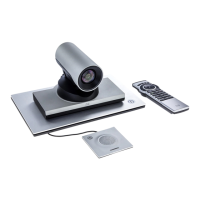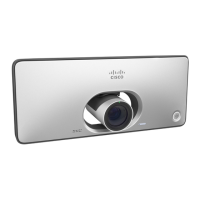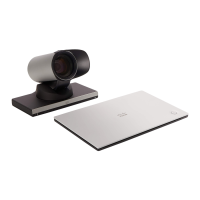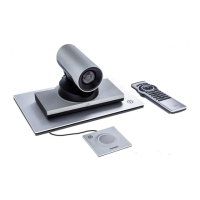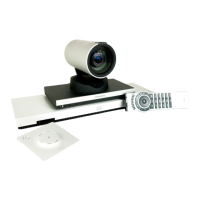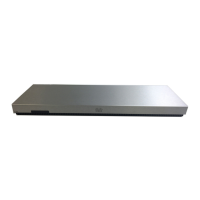D15107.0 5 Codec SX80 API Reference Guide TC7.3, OCTOBER 2015. Copyright © 2015 Cisco Systems, Inc. All rights reserved. 20
Cisco TelePresence SX80 API Reference Guide
Terminal connections
Managing feedback subscriptions
To register, list and deregister feedback expressions you
use the command xFeedback and its corresponding sub
commands.
The registered expressions are only valid for the currently
active connection. If you open two Telnet sessions and
register to get feedback in one session, you do not receive
feedback in the other serssion. This also means that if
you disconnect from a session, you have to re-register all
expressions after reconnecting.
You can register up to 38 expressions.
Feedback output
The feedback output is exactly the same as you get
when querying the system using the xConfiguration
and xStatus commands. E.g., if you issue the command
xStatus Standby Active
on the command line the result is:
*s Standby Active: On
** end
If you have registered for feedback on status changes the
feedback you get when the system goes to standby-mode
will be exactly the same:
*s Standby Active: On
** end
This means that when you are programming against the
device you only need to handle one format.
Example: Managing feedback subscriptions
A: Register feedback expressions.
Write in:
xFeedback register /Status/Audio
Result:
** end
OK
Write in:
xFeedback register /Event/CallDisconnect
Result:
** end
OK
Write in:
xFeedback register /Configuration/Video/
MainVideoSource
Result:
** end
OK
B: List out currently registered expressions.
Write in:
xFeedback list
Result:
/Configuration/Video/MainVideoSource
/Event/CallDisconnect
/Status/Audio
** end
OK
C: Deregister feedback expressions.
Write in:
xFeedback deregister /Event/CallDisconnect
Result:
** end
OK
Write in:
xFeedback deregister /Status/Audio
Result:
** end
OK
D: List the new feedback expressions.
Write in:
xFeedback list
Result:
/Configuration/Video/MainVideoSource
** end
OK
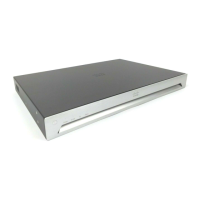
